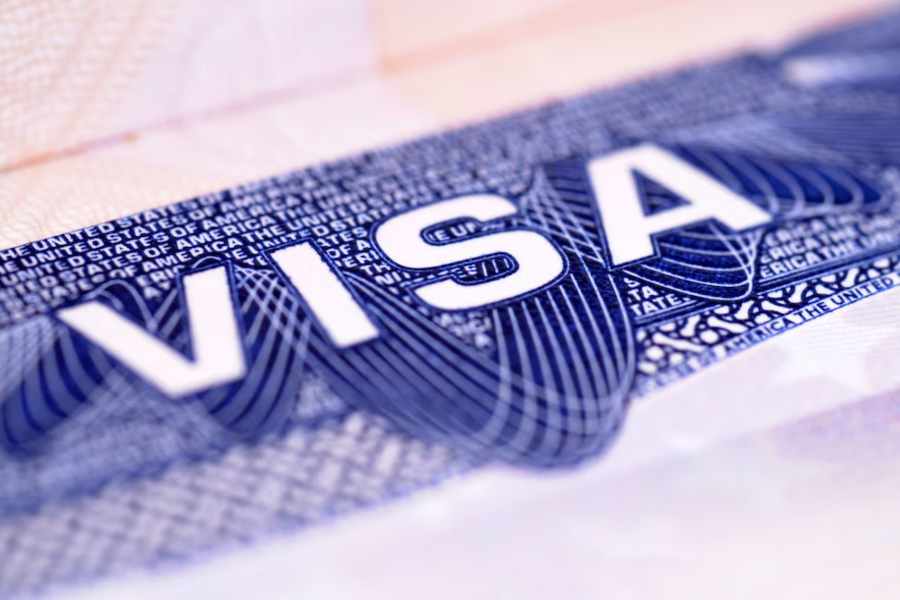Multinational companies can send leaders, managers, or employees with specialized knowledge to their U.S. offices through the L-1 visa, which is a strong way to come to the U.S. Global companies that want to expand in the U.S. often choose this choice, as do entrepreneurs who want to open a new branch in the U.S. On the other hand, getting an L-1 visa can be a difficult legal process. Here is an in-depth expert guide to help you get through it with ease.
How to Understand the L-1 Visa
There are two types of L-1 visas: L-1A is for executives and managers, and L-1B is for workers with special skills. The visa is sponsored by the business, so it can only be used by employees who are moving within a multinational company. The worker had to have worked for the foreign office for at least one year straight in the last three years in order to be eligible.
A qualifying relationship between the U.S. company and the foreign organization is also very important. This relationship should usually be a parent company, branch, affiliate, or subsidiary. By requiring this, the transfer is more likely to be within the same business family.
How to Get an L-1 Visa, Step-by-Step
1. Make sure you are eligible
First, check to see if the employee’s job fits under L-1A or L-1B. This includes looking at the person’s job tasks, work history, and the way your company is set up. It’s important to show that the employee is a boss or that they have specialized knowledge that is hard to find in the U.S. workforce.
2. Get evidence to back up your claim
A good L-1 application is built on strong documentation. What you’ll need:
- Maps of organizations
- Proof that two entities have a qualifying link
- Detailed descriptions of jobs
- Proof of ongoing work abroad
- Business plans for any new offices in the United States
If you work with an experienced immigration lawyer, you can avoid the most common problems that happen during this phase.
3. Send in the Form I-129 Petition
That person who works in the United States needs to send Form I-129 and the L addition to the U.S. Citizenship and Immigration Services (USCIS). This is where most of the information is turned in and looked over. Processing times vary, but advanced processing can speed things up.
4. Stop by a U.S. Consulate to get the visa
The worker must apply for the L-1 visa at a U.S. embassy or consulate in their home country once the petition is accepted. This means sending in DS-160 and going to a visa interview.
5. Make a plan for renewal and following the rules
L-1 visas are only good for one to three years at first, based on the type of transfer and whether the U.S. office is brand new. Longer stays are possible, up to seven years for L-1A and five years for L-1B. Employers must follow the rules during the visa time to avoid problems in the future.
Help from the law and common problems
When setting up a new office, many companies don’t realize how much paperwork they need to show that they are related to a foreign company. Denials can happen because of things like poorly written work descriptions or missing records. That’s why hiring a good immigration law company like Davies & Associates can be very helpful. They help companies of all kinds deal with the legal and practical issues that come up during intra-company transfers.
Click on this link here for more information about their services.
If you want to travel around the world or grow your business in the U.S., the L-1 visa is a great choice. However, it needs to be carefully planned, followed exactly, and always followed. You can improve your chances of success and bring important foreign talent to the U.S. if you get the right help, especially from an experienced immigration lawyer.


